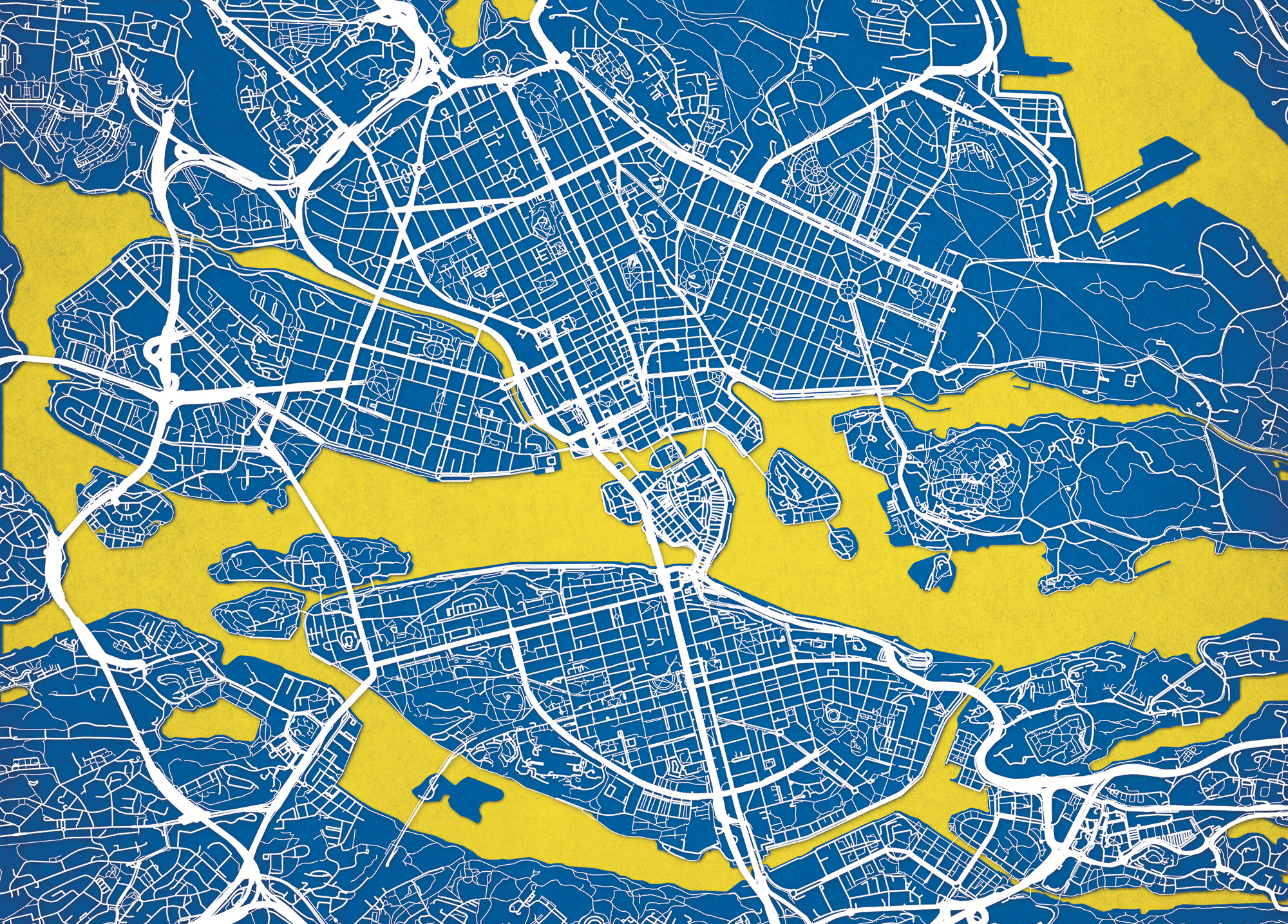On the 23rd May, researchers, climate change experts, architects and urban planners from 7 cities will meet in Stockholm for a 4-week workshop on the Marie Curie Horizon 2020 exchange “SOS Climate Waterfront” project.
SOS Climate Waterfront is an interdisciplinary project that aims to explore waterfronts in Europe that are facing climate change. The project collects different disciplines to create new strategies for sustainable solutions for infrastructure and urban planning in Europe.
During this period, lectures, workshops, group works and site visits are organised, followed by a creation of masterplans and a final exhibition. The participants will get a full overview of the situation in Sweden. They will explore Stockholm city and its waterfront areas, and they will attend presentations of the urban development plans and climate actions of the city.
The sites in focus for investigation and sites of interest during these days will be:
- Lövholmen is located in northwestern Liljeholmen. The area is transformed from an industrial area into a mixed district with housing, schools and preschools, parks and offices.
Several of the old industrial buildings are empty and in poor condition. Some of them will be demolished and replaced by new homes. At the same time, culturally and historically valuable environments and buildings must be saved and given new use. Today’s area is opened up so that the quays and shoreline will be accessible to the public. Bicycle paths are being expanded, parks are being organized and ecological connections are being developed.
- Frihamnen Approximately half of the cruise liners visiting Stockholm each year call at Frihamnen. There is a large, modern cruise passenger terminal at the port which enables Stockholm to accommodate several turnarounds. Here, a modern urban area with an inner city character will emerge. In the future, the Freeport will be able to accommodate approximately 1,700 homes as well as premises for offices and services. Around 4,000 jobs can be made possible in the area. There is currently no active planning work in Frihamnen. This is planned to begin within 3-5 years. In the area today there are a number of ongoing activities. The port’s cruise operations will remain when the area is expanded
- The Stockholm Royal Seaport – Norra Djurgårdsstaden – is one of Europe’s most extensive urban development areas. A total of at least 12,000 new homes and 35,000 new jobs are planned. One of the city’s designated sustainability profile areas. As part of Norra Djurgårdsstaden, Värtahamnen will be developed into a district with mixed functions such as offices, housing, trade and service, coordinated with the preservation of existing ferry and cruise operations. The area is estimated to be able to accommodate a total of approximately 1,700 homes and approximately 20,000 new jobs. Värtahamnen consists of Södra Värtan, Valparaiso and Värtapiren.
- Hammarby Sjöstad with its 25 000 inhabitants is the leading example of sustainable city development. Developed in the 80-ties, one of the most profitable urban districts in the world, is now in a process of retrofitting supported by a number of local associations and innovation platforms. The Electricity Stockholm runs a large number of innovative projects in co-operation with inhabitants, companies and researchers from the KTH, IVL and Rise. Projects like Sharing cities, Smart Grid, Reflow, E-mobility support the circular economy, reduce the Co2 emissions and engage hundreds of housing owners’ associations and individuals.
- Sicla and Slakhusområdet, the two city districts in transformation from industrial use to mixed use with focus on housing, creative industries and restaurants
*the statistics are taken from vaxer.stockholm
** image credits: mapshop.com
